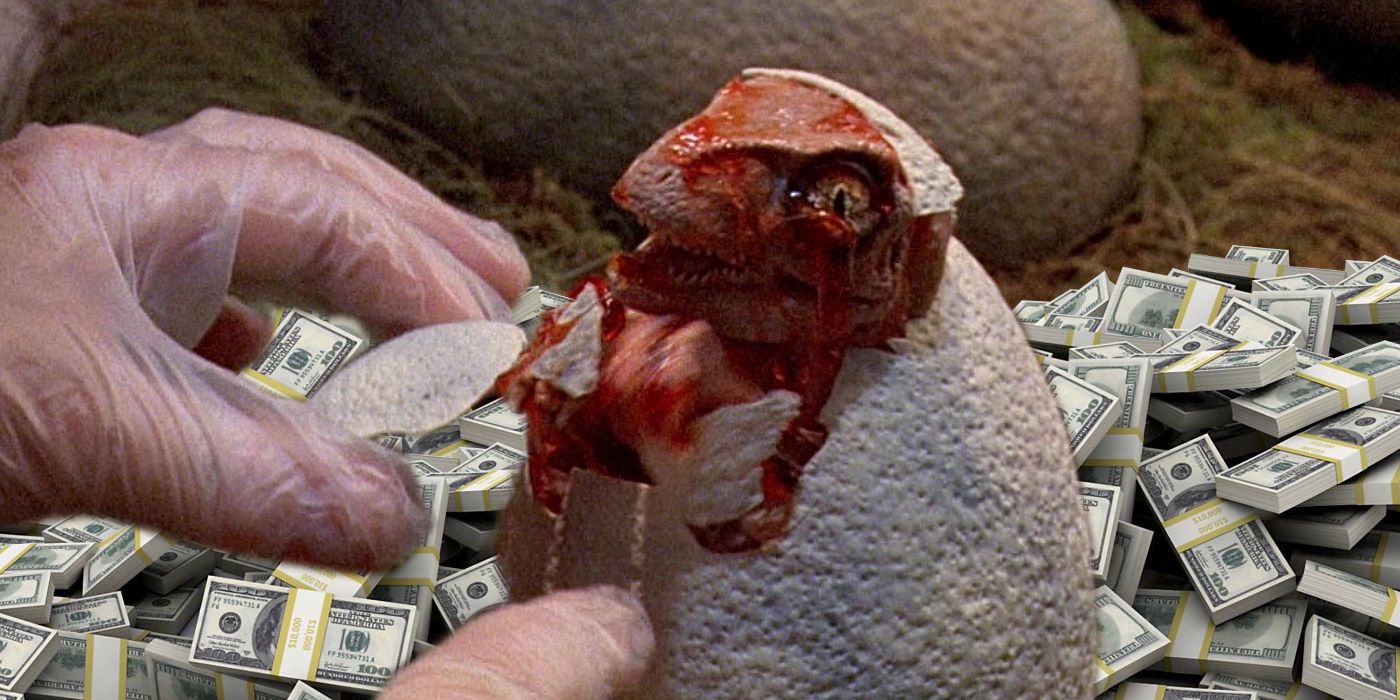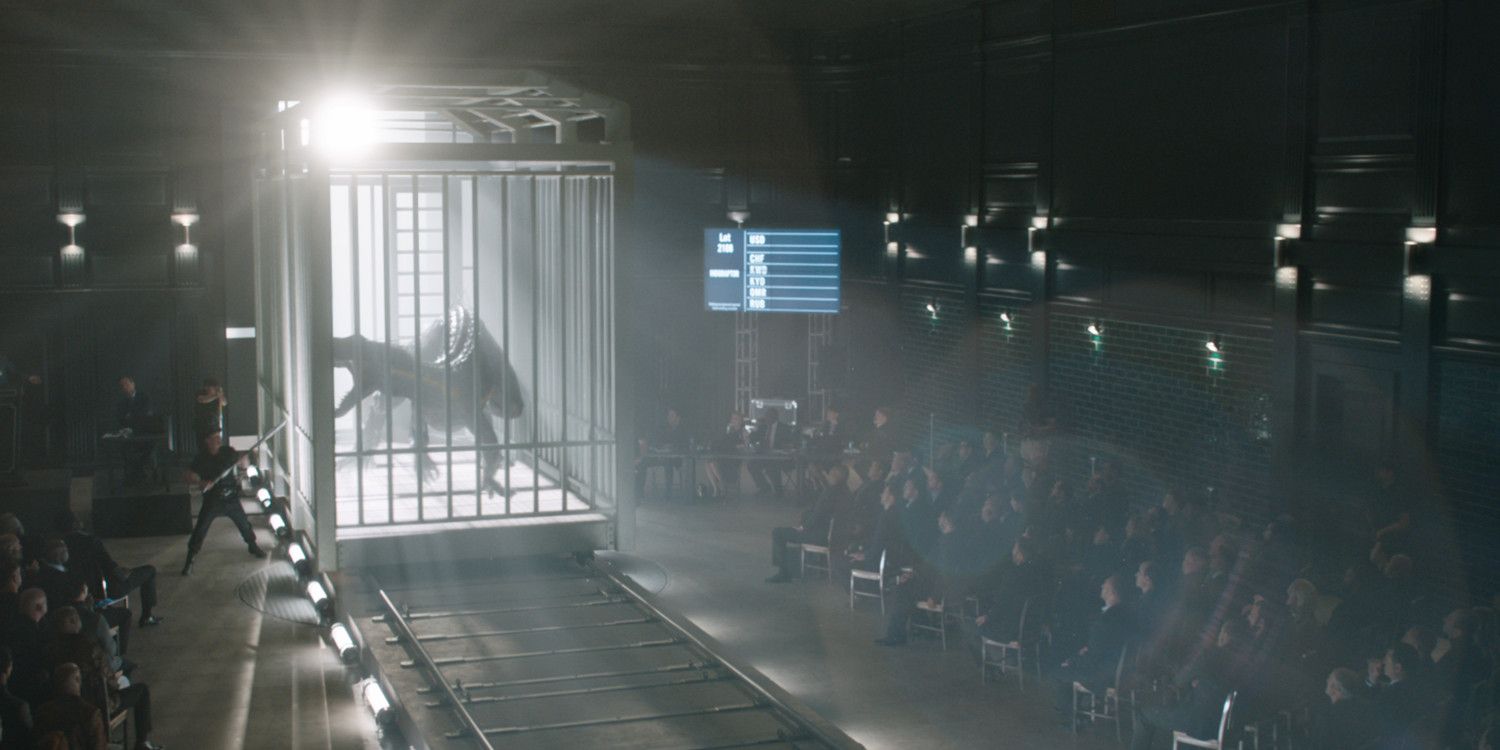
The Jurassic Park franchise understands bringing back dinosaurs from extinction is awe-inspiring, but it constantly undervalues the existence of those dinosaurs. Michael Chrichton's book and Steven Spielberg's 1993 movie captured the imaginations of people around the world, and the idea of using genetic engineering and cloning to revive the dinosaurs - or any extinct species, for that matter - has become a subject of intense apprehension whenever scientists get closer to producing those results, similar to anytime an A.I. gets closer to Terminator's Skynet system.
Of course, the biggest barrier in scientists' abilities in reviving dinosaurs - or even species like mammoths - is the necessary technology and scientific research. This was a subplot of Jurassic Park; Dr. Ian Malcolm even pointed out to John Hammond that his scientists had simply taken what others had done and took the next step. They didn't earn the discoveries they made and, instead, were chasing a dream without fully comprehending the consequences of achieving it. But they weren't the only ones with that dream; InGen's rival genetics company, Biosyn, was also interested in the dinosaurs, so they recruited Dennis Nedry to steal the embryos for a fee.
Lewis Dodgson hired Nedry to sneak dinosaur embryos off Isla Nublar for $1.5 million, which Nedry said would help Biosyn catch up on 10 years of research. Even in the early 1990s, $1.5 million for up to 15 dinosaur embryos ($100,000 each), including for the Tyrannosaurus rex, seems incredibly low; $1.5 million for each embryo would've made more sense - if not more. Granted, Nedry accepted the deal because he was having financial troubles and needed the money, so it's possible Dodgson low-balled his offer. Then again, this particular detail resurfaced in Jurassic World: Fallen Kingdom when Benjamin Lockwood's assistant, Eli Mills, sold off the surviving dinosaurs from the Jurassic World park.

In Fallen Kingdom, Mills had mercenaries retrieve the dinosaurs from the island and then he worked with the black market dealer and auctioneer Gunnar Eversoll to sell off the park's assets (the dinosaurs) to shady businessmen. But like the first movie, Jurassic World: Fallen Kingdom also undervalued the dinosaurs' worth; an Ankylosaurus sold for $10 million, a Stegosaurus for $11.6 million, and a Baryonyx for $21 million. Even the Indoraptor, a genetically-modified dinosaur that was created to respond to commands/targets, was sold for just $41 million. Comparatively, the Mona Lisa painting can be valued upwards of $860 million.
Perhaps the writers and producers of both Jurassic Park and Jurassic World: Fallen Kingdom were too focused on figuring out how the dinosaurs would escape that the price of each one of those dinosaurs became superfluous to their stories. Perhaps the original movie can be forgiven since it was only one line, but Fallen Kingdom's valuations for dinosaurs seems bizarre since the auction was a core part of the story. The Indoraptor itself should at least be worth as much as a Da Vinci painting; it's a dinosaur, after all.
from ScreenRant - Feed https://ift.tt/36vwiN6
via IFTTT







0 comments:
Post a Comment